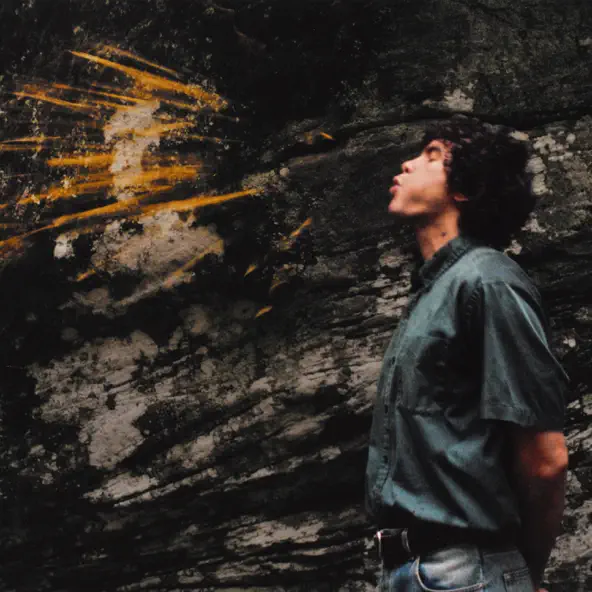Caption: An image of a dead oarfish being held by a group of passersby. Image was taken on the shore of La Jolla Cove beach.
WC: 471
Recently, the legendary “doom fish” has returned to California. Three oarfish have been washed up on California’s shores in recent months, perhaps foreshadowing a grim fate for us all. These oarfish were spotted at three separate California beaches: La Jolla Cove, where a 12-foot oarfish was seen floating dead in the water by a group of kayakers and snorkelers; Huntington Beach, where a badly degraded oarfish was found; and Grandview Beach in Encinitas, where a 9-foot oarfish had been washed up on the shore.
In some areas of the world, such as Japan and Taiwan, these creatures are a symbol of unfortunate, particularly disasters or destruction. The commonly spread myth is that if you see an oarfish, it is a warning sign from the higher powers that disasters such as earthquakes and tsunamis will take place.
Indeed, in early 2011 in Japan, over 20 oarfish were washed ashore. Following the event, on March 11, 2011, a magnitude 9.1 earthquake struck the northeast coast of Honshu at the Japan Trench. The energy released by the earthquake triggered a tsunami that arrived at the coast within 30 minutes, overtopping seawalls and disabling three nuclear reactors within days. This was a highly unusual “coincidence”, as seeing just one oarfish is already considered a rare occurrence. The answer to our suspicions? Climate change.
So, how exactly are different climate changes and ocean currents related to oarfish sightings? Oarfish are large and extremely long pelagic labriform fish belonging to the small family Regalecidae. Found in areas spanning from temperate ocean zones to tropical ones, yet rarely seen, the oarfish family contains three species in two genera. However, there is no scientific evidence to support the connection between oarfish and natural disasters. Some scientists suggest that recent sightings of oarfish in California may be due to changing climate patterns, such as El Niño and La Niña. During El Niño years, the surface water is warmer than normal, and the deeper waters are cooler than normal. This can lead the oarfish’s prey to follow the warmer water, which can lead the oarfish along.
Regardless, the legend of the oarfish as an omen of earthquakes in Japanese folklore dates back to at least the 17th century. The oarfish is known in Japanese folklore as “ryuuguu no tsukai”, which translates to “messenger from the Sea God’s palace”. In Japan, the oarfish has gained a reputation as a doomsday harbinger of sorts. Local legends also claim the oarfish appears just before natural disasters like tsunamis or earthquakes.
So, what do you think? Were these tales told by the Japanese true, and are we doomed to meet another catastrophic event? Or, were the 17th century folktales aligning with the events of modern day merely a coincidence, grounding this story as mere superstition? Can this ominous omen really be disproved by science?























